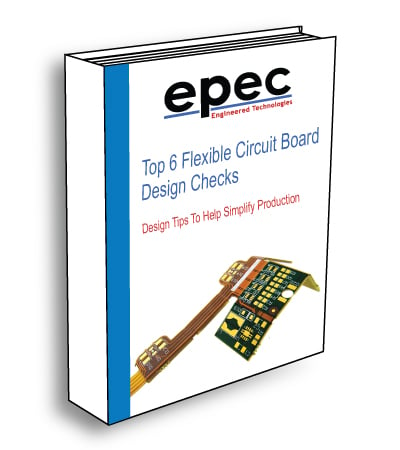Why Rigid-Flex PCBs Are Ideal for Portable Electronic Devices
By Paul Tome, Product Manager Flex & Rigid-Flex
Epec Engineered Technologies
Portable electronic devices have unique design and manufacturing considerations necessary to meet many specific requirements. The internal circuitry must provide high reliability for the application as well as stand up to harsh environments. The device may experience large fluctuating temperatures, wet and humid climates, physical shocks, electromagnetic interference (EMI), or radio frequency (RF) interference.
In addition, the circuitry also must fit within limited spacing within the product. Portable devices are becoming smaller, thinner, and bendable, such as phones, smartwatches, wearable fitness trackers, inventory trackers, and dental surgery eyeglasses. The circuit type (Figure 1) used must accommodate these sizes and still be lightweight enough to carry and use comfortably.
When deciding on the right printed circuit board technology to use, customers have three choices: rigid printed circuit boards, flex circuits, or rigid-flex circuits. While the rigid circuit boards are suitable for a wide range of applications, rigid-flex circuits remain the go-to printed circuit board choice for portable devices.
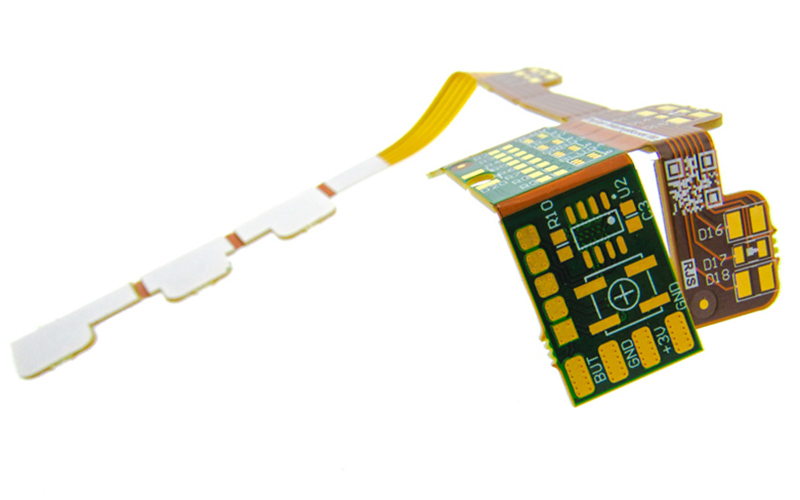
Figure 1: Portable electrical device integrated rigid-flex circuit board.
Issues with Rigid Printed Circuits and Flex Circuits
In many circumstances, rigid circuit boards simply cannot accommodate the design requirements of many portable devices. While the rigid board does offer some shock resistance and strength to the device as well as EMI/RF shielding, the standard rigid board will require many points of interconnect to achieve all the required connections. These points of interconnect may consist of connector solder joints, connector to connector interfaces, wire solder joints, crimped wire contacts et. With this many additional points of interconnect, the number of areas that could experience failures increases.
The connectors also take up space within the portable device, making it heavier than what may be preferred. The device packaging may have to be increased dimensionally to accommodate the rigid board, which is not necessarily desired by the customer. Another problem is that rigid boards simply cannot bend and flex to accommodate devices that are curved in shape or require flexibility.
On the flip side, flexible circuit boards can work in portable electronics that must bend and flex. They are thin enough to be designed around working mechanisms without impeding their functions. They are also light enough for applications where weight is a factor for the safe and reliable operation of the product.
However, they still require connectors and the associated solder joints, to interface with the rigid circuits, which consumes space within the final assembly, and do not significantly reduce the points of interconnect required.
Advantages of Using Rigid-Flex Boards
Rigid-flex circuit boards offer the best of both worlds when used for portable devices. The flexible circuit area works well for products that require it to bend in certain places, while the rigid circuit area provides stability and strength to other areas of the product that require enhanced durability and shock absorbance. Some of the main advantages consist of the following aspects.
Reduced Packaging
By combining rigid circuit boards and flex circuits into one integrated unit, the need for wired connections becomes significantly reduced and, in some cases, eliminated. The flex area materials take up 10% of the size and weight compared to wired solutions, allowing the customer to come up with product designs that are lighter and smaller in size (Figure 2) when required. One rigid-flex circuit board can fit in places where multiple rigid boards, connectors, and wiring harnesses would not be able to, and its tighter bend capabilities offers interconnect solutions not available with any other solution.
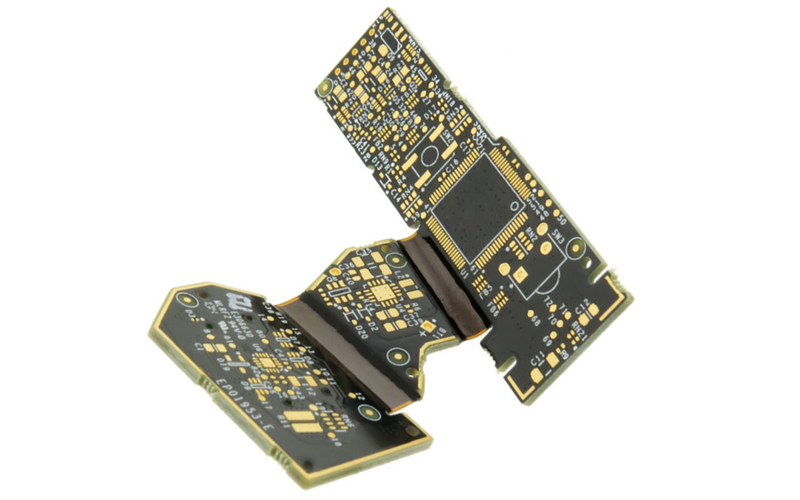
Figure 2: Small form factor fully integrated rigid-flex circuit.
Higher Reliability
One of the issues with using multiple rigid circuit boards is that many more interconnects are required. Contact crimps, solder joints, and connectors not only take up space but also create potential points of failure if the product is accidentally dropped during use. In some industries, such as medical and military applications (Figure 3), anything less than the highest possible level of reliability could lead to dangerous or disastrous circumstances.
Rigid-flex circuits offer higher reliability to shocks and vibrations. They maintain their high performance during drop testing due to the reduced points of interconnect. The product also becomes more lightweight which reduces the likelihood of potential failures.
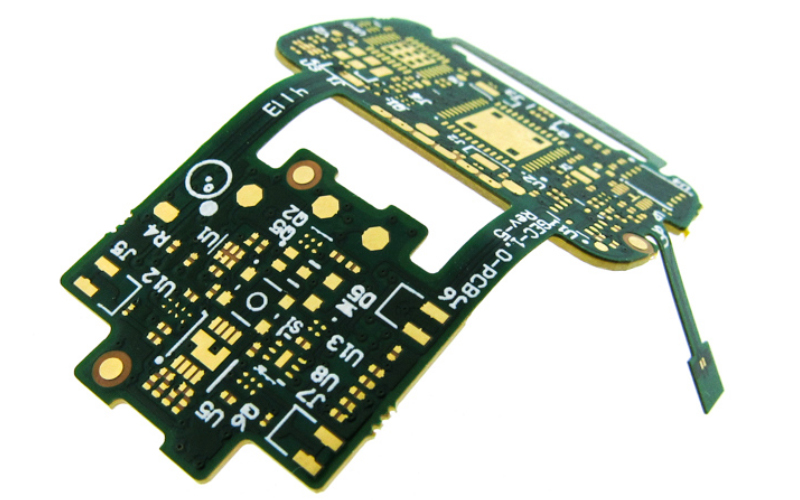
Figure 3: High-reliability patient-worn monitoring rigid-flex circuit.
Higher Capabilities
The flexible PCB areas in rigid-flex circuit boards offer a higher range of capabilities than traditional rigid circuit boards with wired interconnects. When the product design requires high-speed signals and controlled impedance (Figure 4), the flexible board can handle the transmission loads effortlessly. The flexible areas can also provide high levels of shielding for EMI and RF interference from either component within the product or from outside sources. Another benefit to rigid-flex circuits is that they work reliably even when being used for applications in harsh environments. The boards have good corrosion resistance, chemical resistance, and UV resistance. They can also handle higher temperatures up to 200°C while being able to dissipate generated heat.
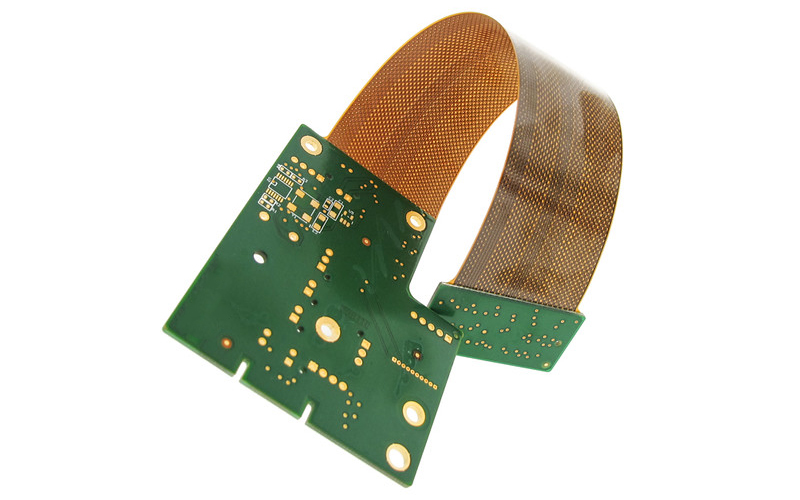
Figure 4: Controlled impedance rigid-flex circuit.
Potential Cost Savings
When customers select a rigid-flex circuit board for their application, they may find potential cost savings due to lower material use and easier assembly. The rigid-flex circuit can be designed into smaller and lighter packaging, as customers will only need to pay for the reduced amount of materials that will be used for the final assembly. These cost savings may also be reflected in the fewer components and connectors required (Figure 5).
Rigid-flex circuits can accept any type of component or connector that a regular rigid circuit uses. The product design will not need any special connectors or components to combine the rigid and flexible PCBs together or to other components. Rigid-flex circuit boards are also easy to assemble and install. There is only one way that they can be installed, as this reduces assembly errors that would require an entire new rework.
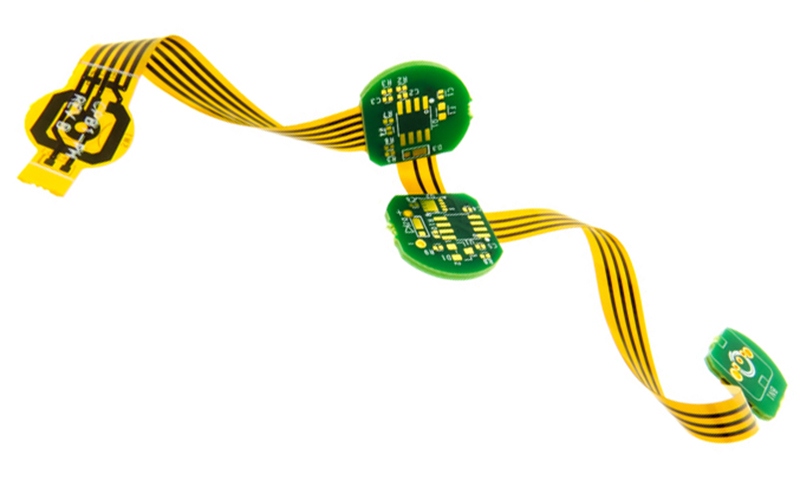
Figure 5: Fully-integrated rigid-flex PCB without wiring or connectors.
Summary
When considering between rigid circuit boards or flexible circuit boards for your application, gain the best of both worlds with rigid-flex circuit designs. They provide strength, high-speed capabilities, reliability, and potential cost savings to your application. These circuit boards also broaden the possible design specifications when the product may require to be built in smaller and lightweight sizes that alternative interconnect solutions may not be capable of. Relying on the best of both rigid and flex circuit capabilities in one integrated rigid-flex PCB design permits the customer to obtain the packaging and performance required for many of today’s high-performance portable devices.
Looking For a Rigid-Flex PCB And Not Sure Where To Start?
Our team of engineers can help you to design the most cost-effective and reliable rigid-flex circuit board, manufactured to the highest quality standards.
Request a Quote Request Design Support

